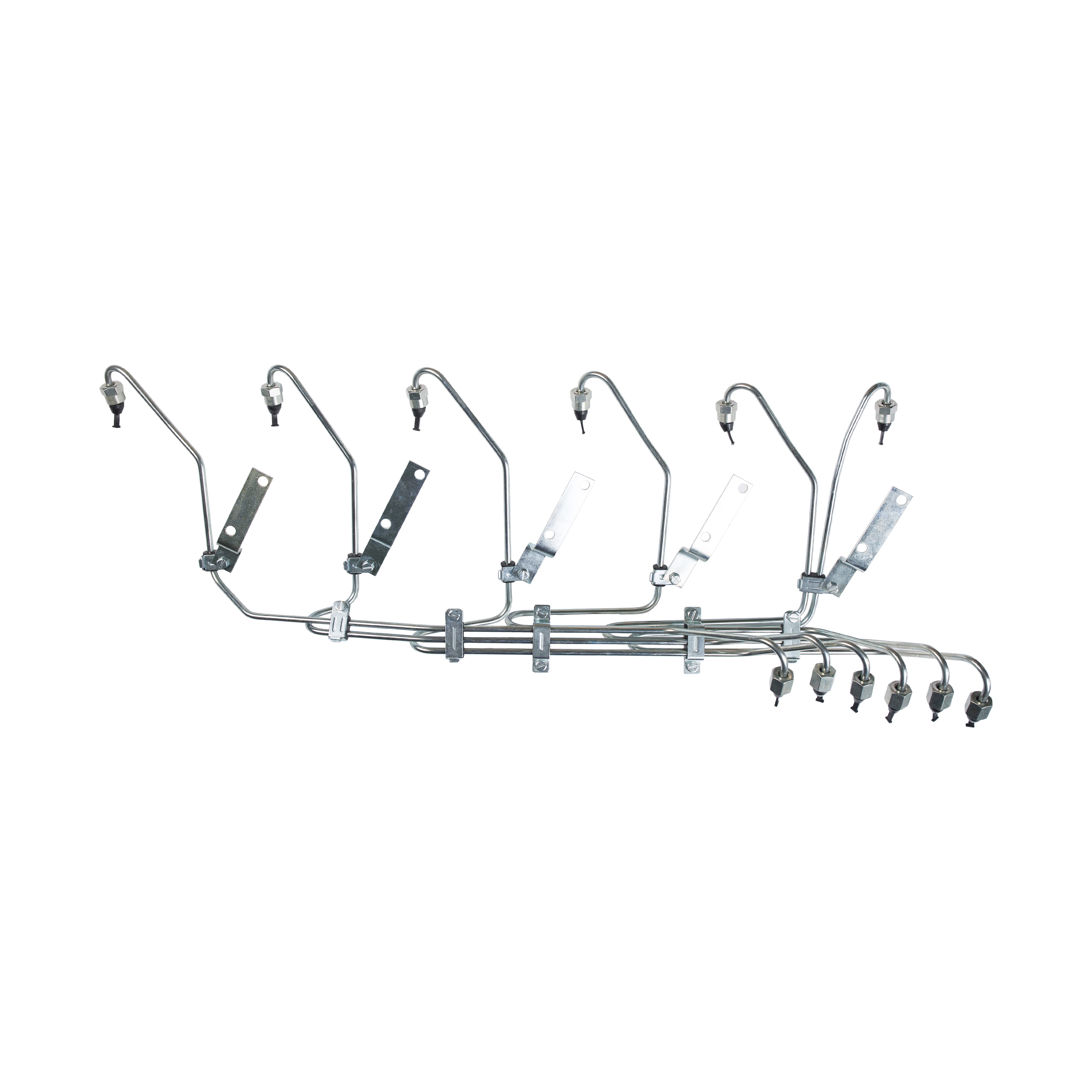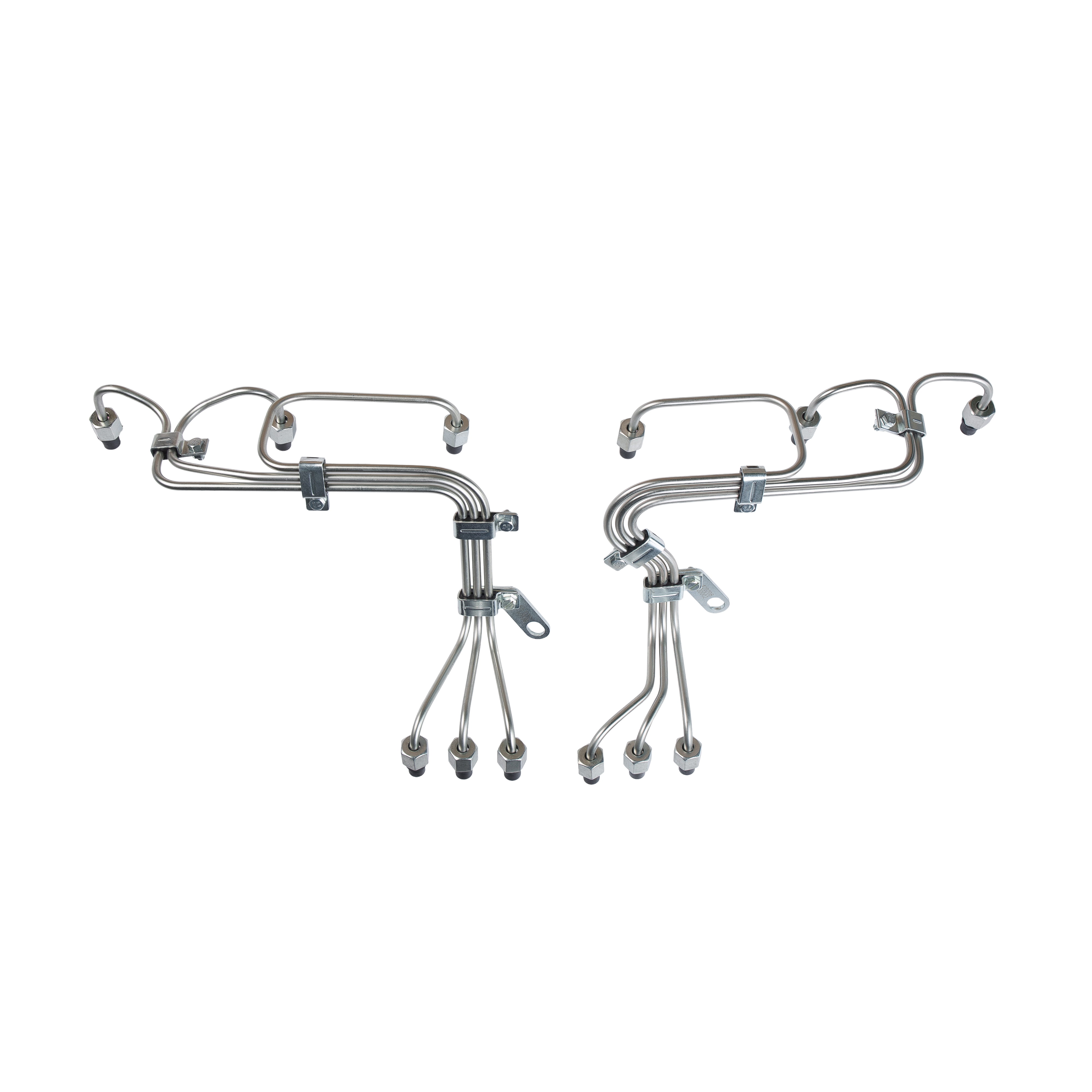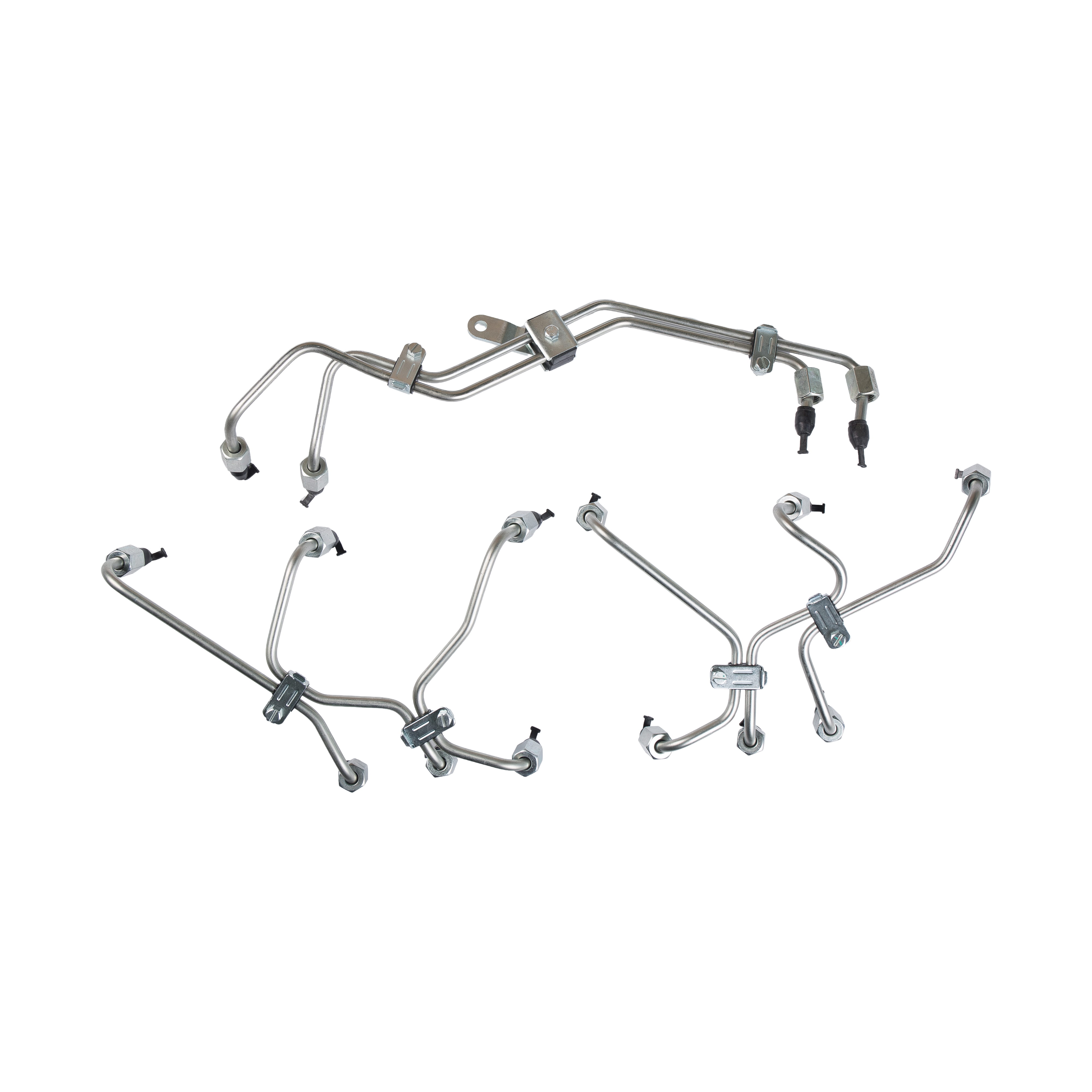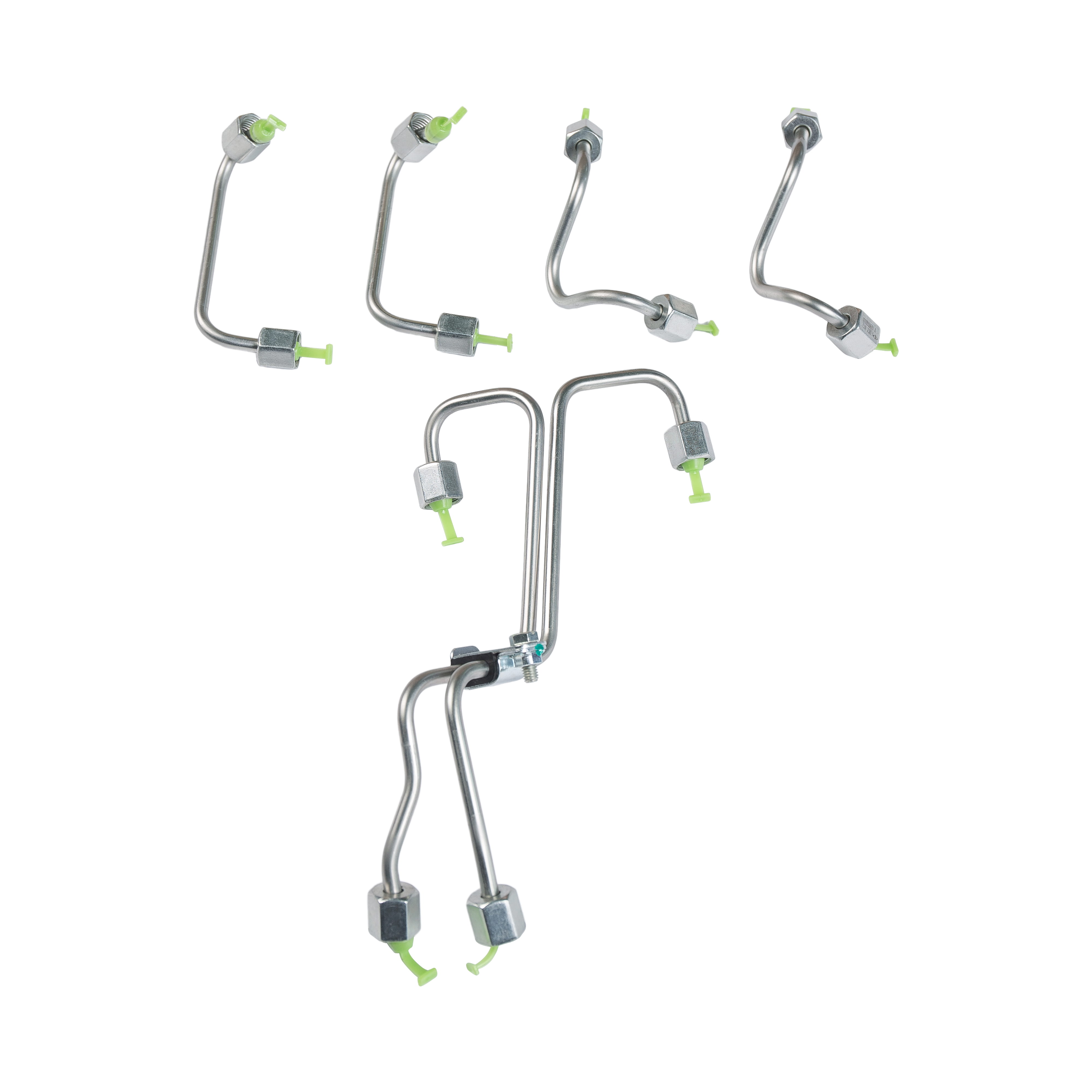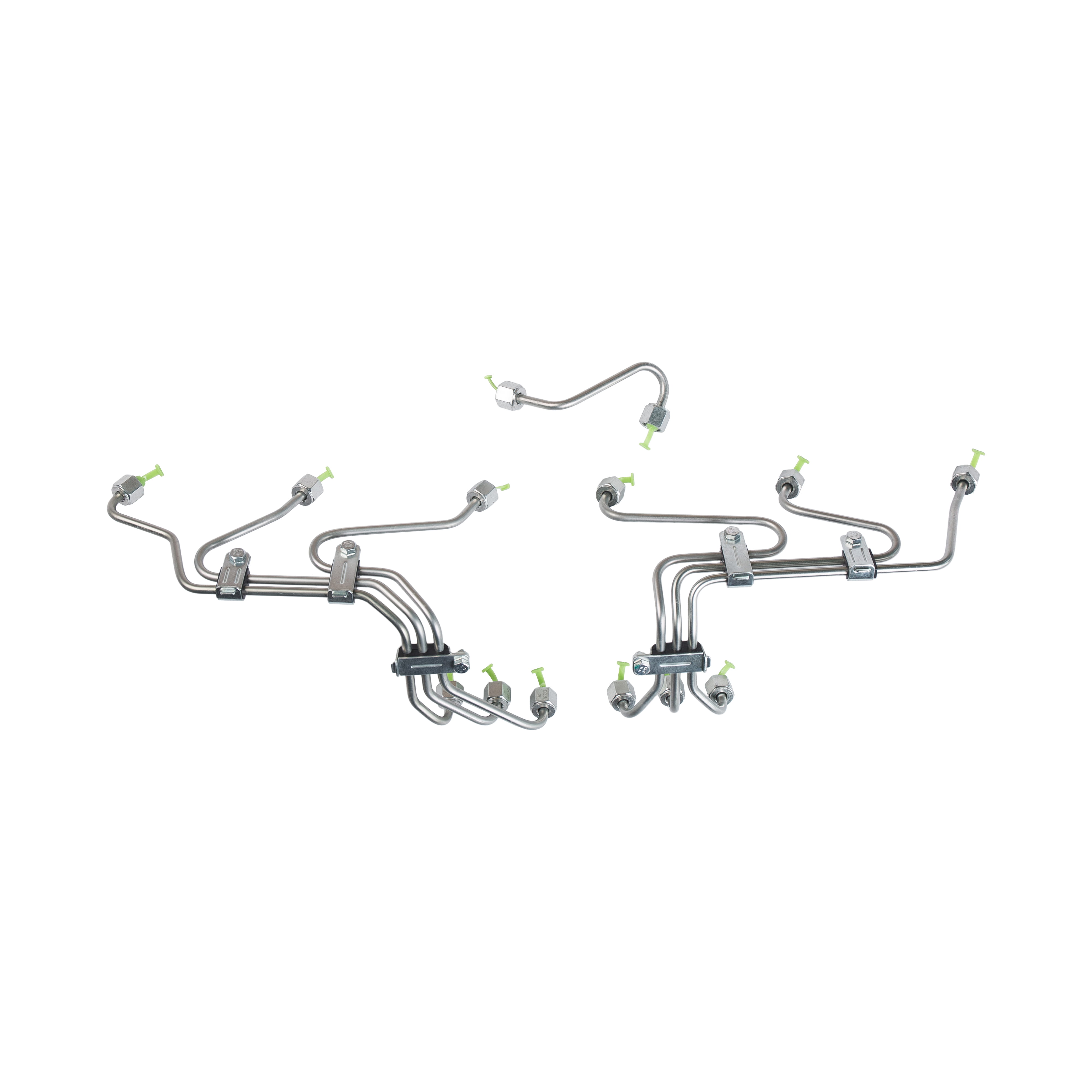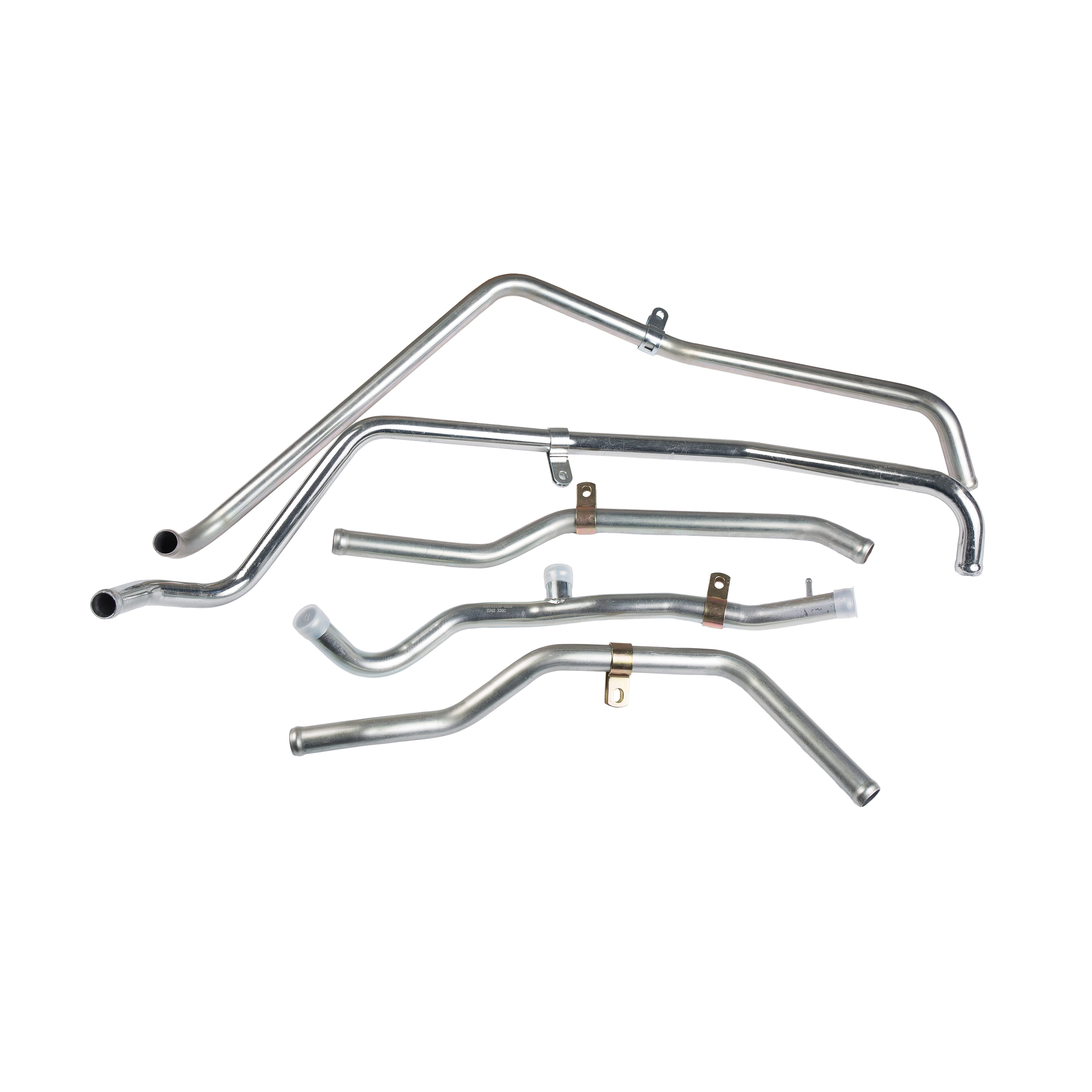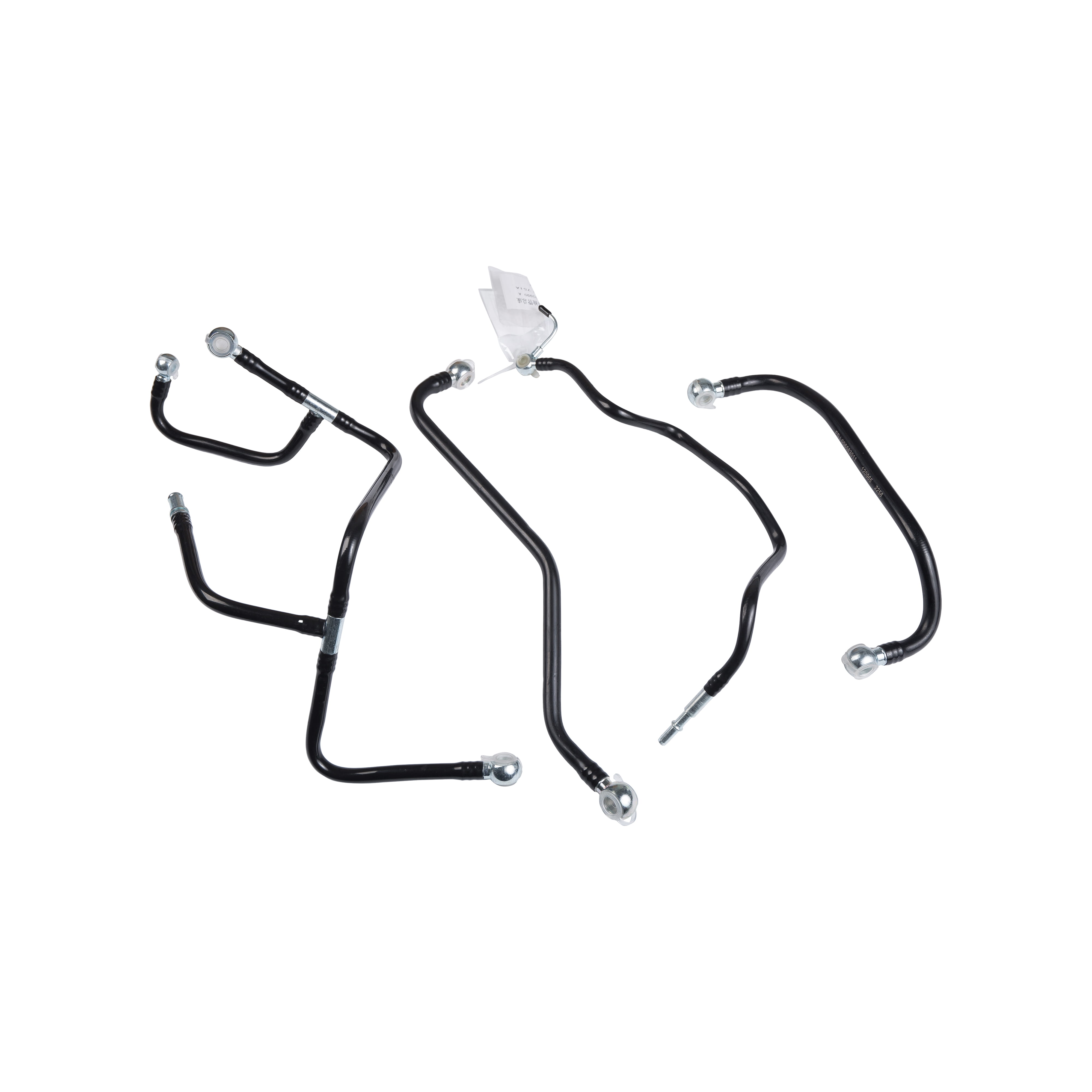The compatibility of low-pressure oil pipe's high-pressure resistance and low-pressure working environment is an important issue in design and use, involving how low-pressure oil pipes can cope with instantaneous pressure fluctuations or high-pressure shocks in actual work, and how to ensure their long-term stable operation. The following is how to ensure that low-pressure oil pipes can maintain efficient operation in low-pressure working environments and have the ability to cope with occasional high pressures:
1. Design standards and specifications for low-pressure oil pipes
Low-pressure design range: Low-pressure oil pipes are usually designed for environments with lower working pressures, such as in systems below 10-15 bar. However, even low-pressure oil pipes are designed with a certain overpressure tolerance in mind to cope with occasional instantaneous pressure fluctuations in work.
Overpressure tolerance design: In order to ensure that the oil pipes occasionally encounter short-term high-pressure shocks (such as instantaneous water hammer effects, pressure fluctuations during system startup or shutdown, etc.) during actual use, the production standards of low-pressure oil pipes usually specify a safe working pressure that is a certain percentage higher than the working pressure. For example, an oil pipe with a designed working pressure of 10 bar may have an instantaneous overpressure tolerance of 15-20 bar.
2. Design and testing of high pressure resistance
Optimization of inner diameter and wall thickness: The high pressure resistance of low-pressure oil pipes is closely related to their inner diameter and wall thickness. Oil pipes with thicker walls can withstand higher pressures, so even when used in low-pressure environments, their pressure resistance can be improved to avoid wall ruptures caused by occasional high-pressure fluctuations.
High-pressure impact test: Manufacturers usually conduct high-pressure impact tests on oil pipes to verify their ability to withstand sudden pressure increases. These tests ensure that the oil pipes will not break or leak under abnormal working conditions (such as when the pipeline is blocked or the system fails).
3. The impact of transient pressure fluctuations on low-pressure oil pipes
In some working environments, even low-pressure oil pipes may experience transient high-pressure shocks. This high pressure is usually caused by sudden changes in the fluid or problems in the operation of the system, such as pump startup, system shutdown, or sudden changes in valves. Low-pressure oil pipes are usually designed with a certain margin to cope with these sudden pressure fluctuations.
Reaction time of oil pipe: When high pressure fluctuation occurs, the reaction speed of oil pipe, elasticity of material and fatigue resistance are crucial to the stability of pipeline. Especially when the pressure in the system rises rapidly, the oil pipe needs sufficient elasticity to avoid over-expansion or bursting.
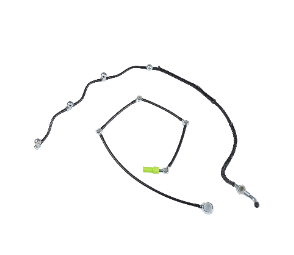
4. Pressure resistance and service life of low-pressure oil pipe
Material selection: The high pressure resistance of low-pressure oil pipe is also affected by the material. Some materials with higher pressure resistance, such as reinforced polymer, steel wire braiding or stainless steel coating, can enhance the compressive strength of low-pressure oil pipe. In long-term work, these materials not only provide high pressure resistance, but also increase the durability and anti-aging ability of oil pipe.
Service life: Although the design of low-pressure oil pipe is aimed at low-pressure environment, in long-term use, the oil pipe may reduce its high pressure resistance due to friction, corrosion, pressure fluctuation and other factors. Therefore, it is necessary to regularly inspect the low-pressure oil pipe to ensure that it can still operate normally under overpressure and will not leak due to aging or wear.
5. Limitations of use under high pressure
Even if the low-pressure oil pipe is designed to take into account certain transient high-pressure situations, it cannot be used in a continuous high-pressure environment. In a long-term high-pressure system, the low-pressure oil pipe may fail due to material fatigue, changes in expansion, and other problems. Therefore, for systems that need to operate in a continuous high-pressure environment, a dedicated high-pressure oil pipe should be selected instead of a low-pressure oil pipe.
6. Matching and maintenance requirements
Pressure matching: The low-pressure oil pipe should match the working pressure of the system to ensure that the oil pipe does not exceed its rated working pressure during use. The design pressure of the oil pipe must take into account the maximum working pressure of the system and possible pressure fluctuations.
Regular inspection: For a low-pressure oil pipe system that runs for a long time, it is necessary to regularly check the connection, surface damage, pressure loss, etc. of the oil pipe to ensure that no failure occurs under high pressure or other abnormal environments.
Although the low-pressure oil pipe is designed mainly for low-pressure environments, it also needs to take into account occasional high-pressure shocks and transient pressure fluctuations, so a certain pressure tolerance and safety margin will be designed. By optimizing the material, wall thickness, elasticity and safety design of the pipeline, the low-pressure oil pipe can effectively cope with these emergencies. However, for pipelines used in high-pressure environments for a long time, specially designed high-pressure oil pipes should be selected to ensure the long-term stability and safety of the system.

 English
English Español
Español русский
русский